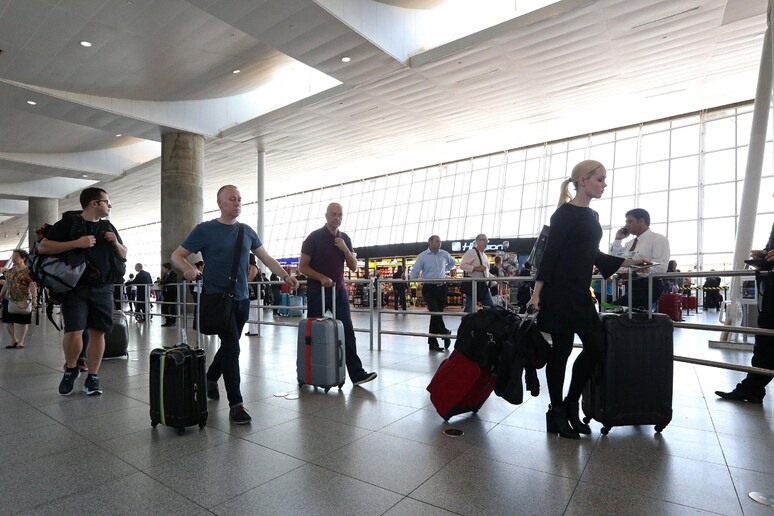In recent months, the appeal of the United States across the globe seems to have faded. According to data from the International Trade Administration, an agency within the Department of Commerce whose main mission is to promote and support international trade, travel to the country has dropped by 12% in just one month, marking the first significant decline since the pandemic. The causes can be traced to a combination of factors: fears related to detentions and deportations, a hostile political climate, the threat of aggressive tariffs, and an image that appears increasingly unwelcoming in the eyes of travelers.
In March, visitors from Western Europe declined by 17%, those from Central America by 24%, and from the Caribbean by 26%. The wave of cancellations also affected traditionally allied countries such as Germany and Spain, with decreases reaching up to 33%.
Adam Sacks, president of Tourism Economics, a field of study focused on analyzing and understanding the economic aspects of the tourism sector, pointed out that the reaction from foreign visitors was entirely predictable: a combination of divisive, aggressive, and isolationist policies and rhetoric has pushed away millions of potential travelers. Some tourists, he explained, are held back by security concerns or worries about unpleasant experiences at the border; others simply no longer feel welcome.
Meanwhile, the European Union has also begun equipping its officials traveling to the U.S. with secure phones, due to surveillance concerns. And as governments tighten travel advisories, many citizens are opting for alternative destinations: staying within their own continent or choosing Canada, Mexico, or more exotic locations.
At the same time, data released by the Canadian government confirm the trend: cross-border car travel to the U.S. has dropped by 32%, and air travel by 13.5%. On the other side of the border, air traffic from Mexico has also contracted by 17%.
The current situation is causing serious concern within the sector. Before Donald Trump’s return to the White House, international travel flows were finally returning to pre-COVID levels. If the negative trend continues, losses could amount to as much as $64 billion by the end of 2025. The tourism industry, which last year generated $1.3 trillion and supported 15 million jobs, risks losing a crucial driver of the economy.
The American Society of Travel Advisors, the world’s leading association of tourism professionals, has also urged caution: with Easter falling in April this year and the extra day in the leap-year February, some fluctuations were expected. However, according to ASTA Vice President Michael Schottey, the current situation warrants close attention.
The White House has downplayed these concerns, stating that President Trump’s agenda, focused on making America “rich, safe, and beautiful again”, will not deter visitors, but rather help strengthen the country’s image in the eyes of the world.












